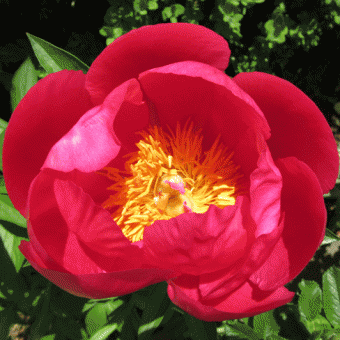
With all the bad news around on rapid climate change and extremes of weather and rainfall, pollinator and other wildlife declines, and a desperate need now for easy tangible things people can readily do to help turn things around, there is an easy and highly effective solution – planting local native plant species!! Around the world many are now turning to such measures as part of the ‘Natural Climate Solutions’ paradigm shift.
The big increases in Canadian media coverage and general public concerns have resulted in sharp increases in the number of people and organisations now shifting the management of green spaces to the very best nectar and pollen producing plants – locally adapted and sourced native plant species. On top of the dramatic benefits for pollinators and local natural habitats and ecological functions, these shifts in what people plant make a huge difference in terms of energy savings, carbon storage, reduced use of water, fertilisers, herbicides and pesticides, and overall garden maintenance effort! Over the last 3 years in southern Ontario’s Carolinian Zone, WWF with Carolinian Canada has piloted the InTheZone program (see details at: www.inthezonegardens.ca) and has found and tracked sharp increases in public demand for such local-sourced native plants. The phenomenal rapid response of pollinator insects like many gorgeous bee species within a day or two of blooms appearing has fueled great excitement and spreading of the word within neighbourhoods and in people’s daily lives. Many companies and faith groups are now wanting to transform the ground cover around their large buildings in this way. In this talk WWF will share some examples of these rapid transformations and multiple benefits arising from the shift to native pollinator plants, and also summarise some of the main basic techniques to establish and sustain portions of gardens in this way.